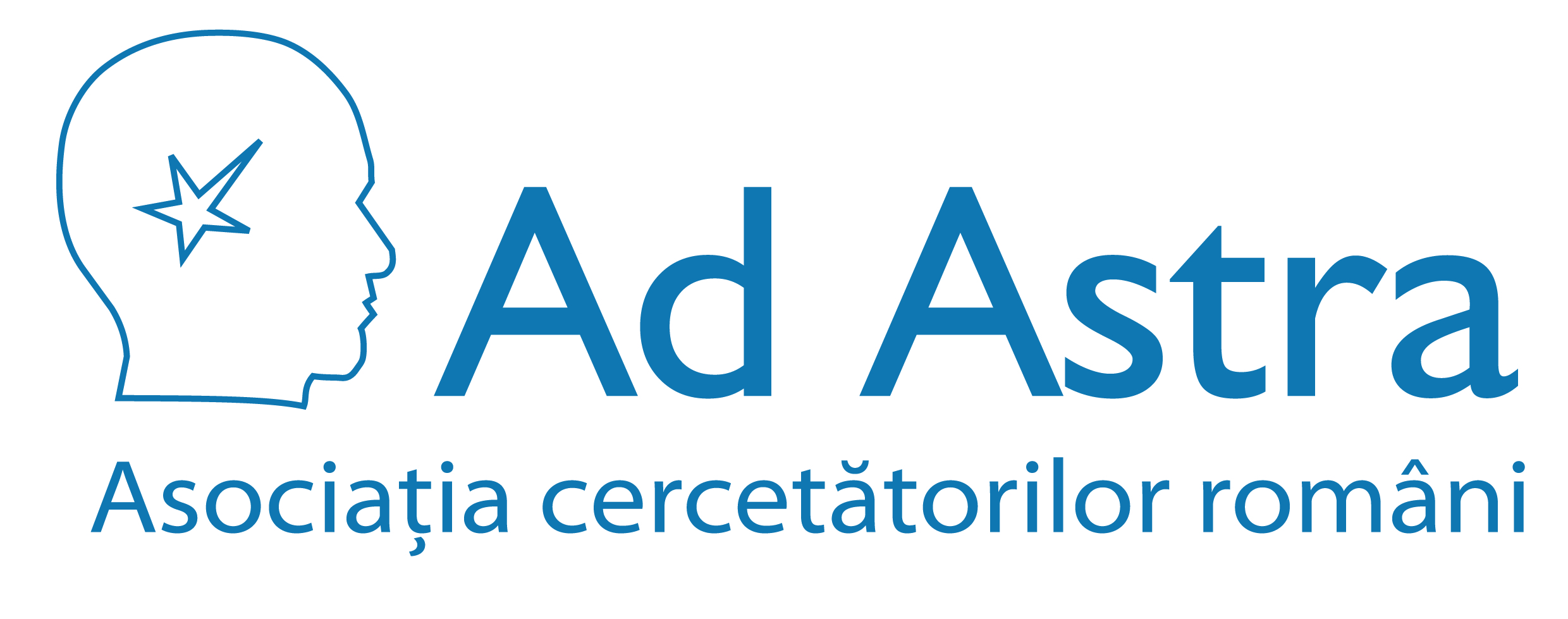Scopul nostru este sprijinirea şi promovarea cercetării ştiinţifice şi facilitarea comunicării între cercetătorii români din întreaga lume.
Staff Login
Management of archaeological sites in Tulcea County using an integrated geospatial system for their positioning and protection
Domenii publicaţii > Stiinte umaniste + Tipuri publicaţii > Articol în revistã ştiinţificã
Autori: Florin Topoleanu, Oana Popescu, Antonio Tache, Alexandru I. Petrisor, Ion Bica, Oana Bajenaru
Editorial: Annales d'Université Valahia Targoviste, Section d'Archéologie et d'Histoire, 11(2), p.41-50, 2009.
Rezumat:
While conservation is a key component of sustainable development, cultural landscapes preserve traditional interactions between nature and culture. Within the cultural landscapes, the protection of historical monuments presents an importance underlined by numerous international and European political documents. The importance increases when historical monuments receive additional educational and informational value through their inclusion in touristic circuits. Consequently, different institution started their involvement in historical conservation all over the world. New technologies, particularly the Geographical Information Systems (used to integrate spatially referenced data in a problem solving environment) and the Global Positioning Systems (used to accurately position and represent different objects in a geodatabase), had found applications in the conservation of historical monuments. Unfortunately, approaches differ by place, and no common methodology could be used for a joint management of the worldwide heritage. Two pieces of legislation tackle the issues related to the protection of historical monuments in Romania, and each of them introduces different classifications. This paper introduces a novel methodology that has a potential of integrating other approaches and databases, and also for being used in conjunction with other planning and research instruments. The methodology had been applied in Tulcea County, due to its richness in historical monuments, to build and query a geodatabase of all historical monuments, regardless of their inclusion in other databases. The database consists of the following elements: literature reviews, archeological database, digital elevation model, thematic maps, satellite imagery, digital maps, integrated maps, and WEB site. Results suggest that the methodology allows for integrating new elements to existing database, join databases owned by different agencies, easily update information and perform spatial queries for informative, research or planning purposes. Furthermore, the project leading to the creation of the PATRIMON database had proposed a lighting system used for the possible inclusion of identified monuments in touristic circuits.
Cuvinte cheie: baze de date spatiale, GIS, GPS, monumente istorice, peisaj cultural // geodatabase, GIS, GPS, historical monument, cultural landscape

